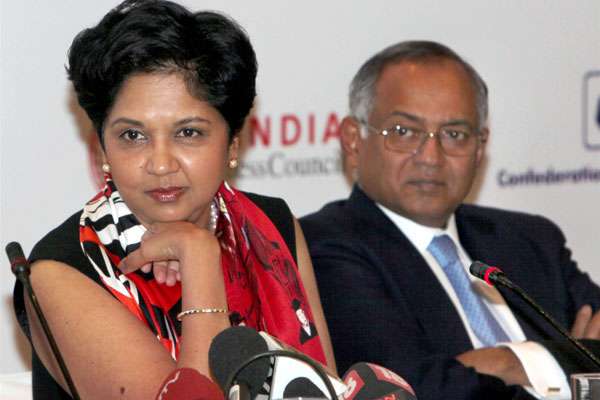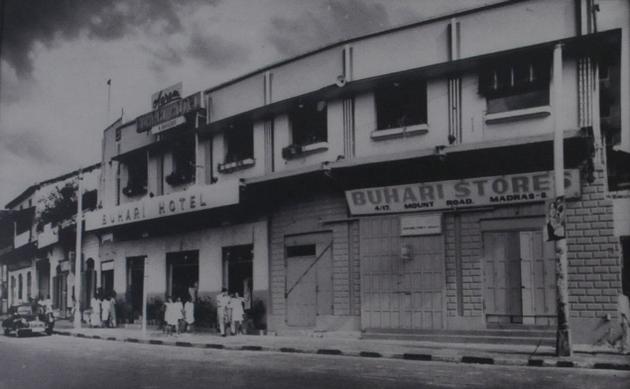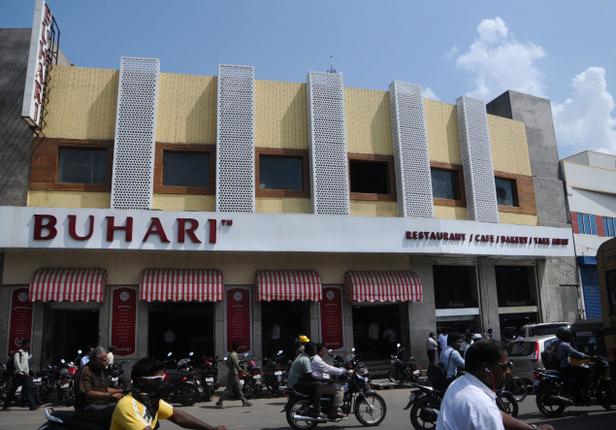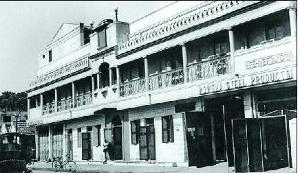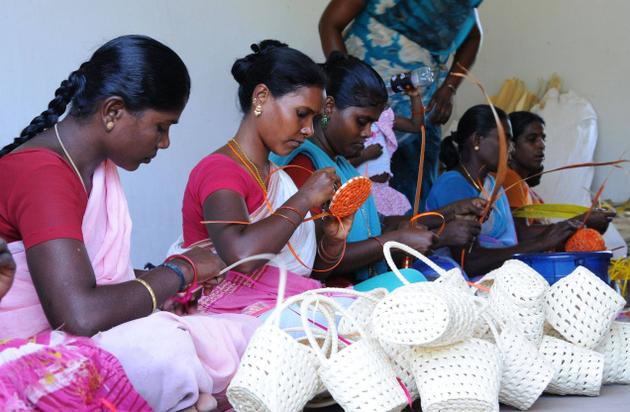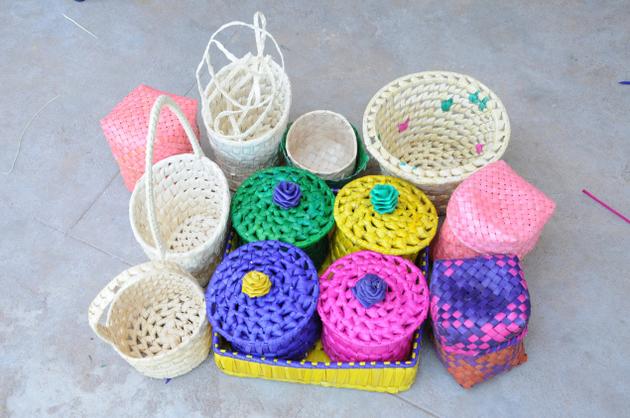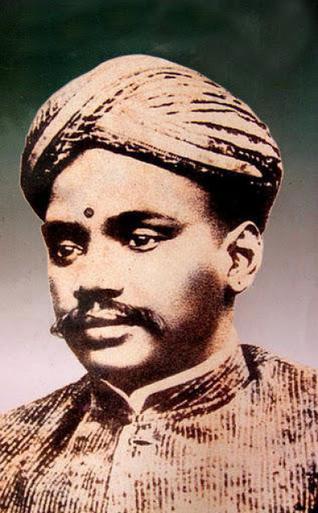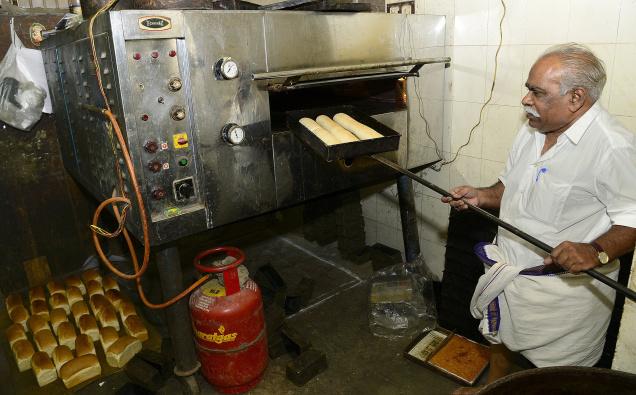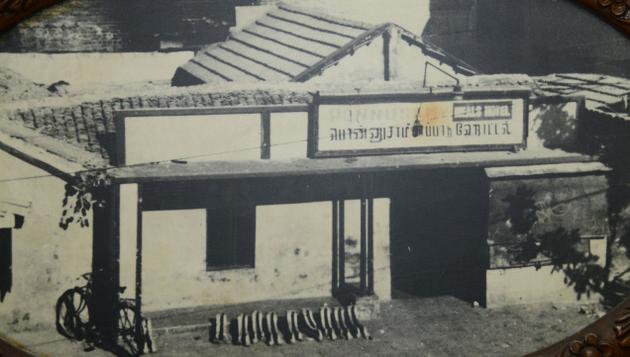
Every well-known film personality in Chennai has, at some point, eaten at or gotten food from Ponnusamy Hotel, says V. Ganesan, son of A.R. Velupillai, founder of the iconic non-vegetarian restaurant.
He recalls S.S. Rajendran, T.S. Balaiah and K.R. Ramasamy, among others.
There’s even a story about lyricist ‘Pattukottai’ Kalyanasundaram’s dedication to the food. When he was struggling to enter the film world and was advised by late comedian N.S. Krishnan to leave Chennai, he said in a song: ‘Puzhal eri neer irukka, poga vara car irukka, Ponnusamy soru irukka, poveyno Chennaiai vittu thangamey thangam’ (There is water from Puzhal lake, there is adequate transport, food can be taken care of by Ponnusamy hotel. Will I ever leave Chennai?)
From 1954, when it was begun as a small mess in Royapettah by a teenager from Ramanathapuram district, to its present form, with over a dozen branches in India and four abroad, the restaurant has come a long way.
“When my father first came here with his brother, they rented this tiny, sloped-roof place. One cooked, one served and that’s how they began. Non-vegetarian was the only fare — spicy fish, prawns, chicken, mutton and all their parts — liver, kidney and brain. It was a mix of Chettinad-style cuisine and what they were used to from their village,” says Mr. Ganesan
___________________________________________________________________________________
Ponnusamy Hotel started off as a small mess on Gowdia Mutt Road, Royapettah
The land the restaurant stood on was bought
First phase of renovation took place
Founder A.R. Vellupillai dies
The hotel began serving Chinese fare
It expanded with several more branches across the city
began its first international branch in Dubai
The hotel serves japanese quail as a fried dish
____________________________________________________________________________________
Growing up practically at the restaurant meant Mr. Ganesan always knew how to cook. In a pinch, he says, he can handle all the Chettinad food.
“But not the Chinese,” he laughs. Cooks at the restaurant still come from the State’s southern districts and are trained in the specialties.
Over the years, while the dominant cuisine has remained what they began with, the restaurant has expanded to Chinese, other kinds of Indian food, and tandoori items, too.
While this did not go over too well with the old-timers, Mr. Ganesan says it was necessary to get families and the youth interested. “The younger crowd does not like very spicy food. Also, there’s also a lot of competition now,” he says.
The building, bought by the family in 1981, is now being renovated for a more modern ambience. Meanwhile, the next generation has entered the business — Mr. Ganesan’s son, Gowri Shankar, joined in 2000 and has several ideas for the restaurant’s new look. “The idea,” he says, “is to keep our old traditions but in a modern way.”
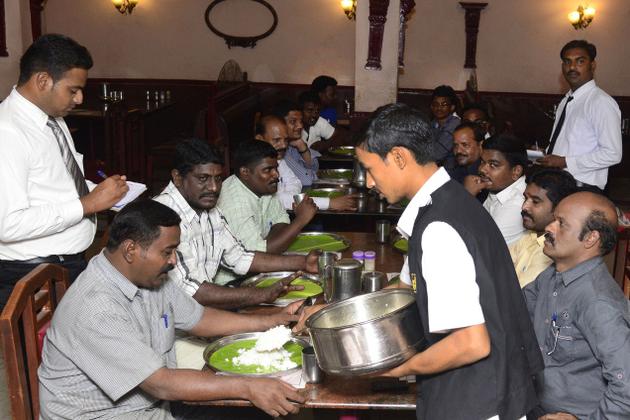
Upstairs, in the airconditioned dining hall, apart from the regulars completely focussed on their meals, there’s a mix of faces and accents.
A non-resident Indian family samples fried chicken, while across from them a southeast Asian couple studies the menu.
Dozens of trays of ‘meals’, biryanis and side dishes are set out on table after table. Home delivery too, continues to be a popular option.
The restaurant’s next phase is on and ideas may change, but, as Mr. Ganesan says, “Whatever happens, Ponnusamy will be there.”
source: http://www.thehindu.com / The Hindu / Home> News> Cities> Chennai>Madras 375 / by Zubeda Hamid / Chennai – August 13th, 2014
